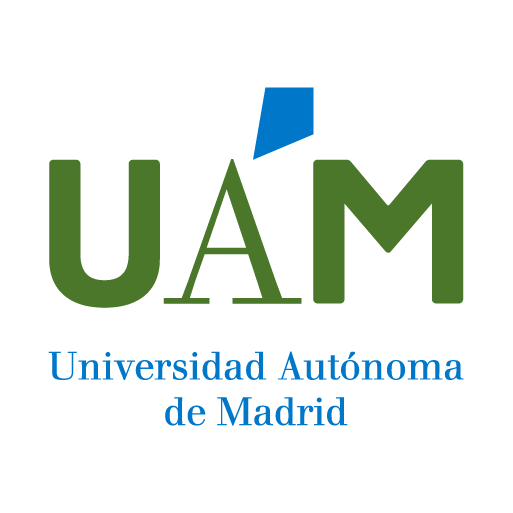
Indexed in
License and use

Citations
Grant support
We thank Sergi Alonso for providing us with the data and Chema Serrano for technical assistance. Authors acknowledge financial support from Ministry of Science and Innovation, Grants PID2021-124860NB-I00 (& Aacute;ngeles Carnero) , Grants PID2022-139458NB-I00 and PID2022-138706NB-I00 (Blanca Martinez) , Grant PID2022-139614NB-C21 (Rocio Sanchez Mangas) ; and from Generalitat Valenciana, Grant CIPROM/2021/060 (& Aacute;ngeles Carnero) .
Analysis of institutional authors
Sanchez-Mangas, RocioAuthorTime Banking and Social Capital Creation: a Transaction Data Analysis
Publicated to:REVISTA GALEGA DE ECONOMIA 33 (1): e9263- - 2024-01-01 33(1), DOI: 10.15304/rge.33.1.9263
Authors: Carnero, Maria angeles; Martinez, Blanca; Sanchez-Mangas, Rocio
Affiliations
Abstract
This article uses transaction data from three time banks located in Barcelona to analyze their potential to generate bonding and bridging social capital for their members. Regarding bonding social capital, the findings are in line with the related literature in terms of the average number of trading partners and the ego -network density. However, reciprocity is a more frequent form of behavior in our data than in other time banks from other countries. Concerning bridging social capital and considering different age groups, the results show slight evidence of homophilic behavior, although intergenerational transactions are also present, being more frequent between more similar age groups. Finally, we explore the influence of age on the time it takes for members to engage in transactions, which could somehow be related to their potential motivations behind joining a time bank.
Keywords
Quality index
Impact and social visibility
Leadership analysis of institutional authors
There is a significant leadership presence as some of the institution’s authors appear as the first or last signer, detailed as follows: Last Author (SANCHEZ MANGAS, MARIA DEL ROCIO).